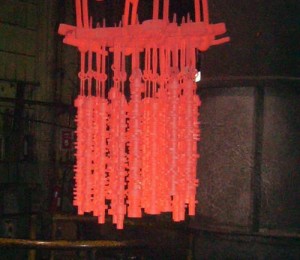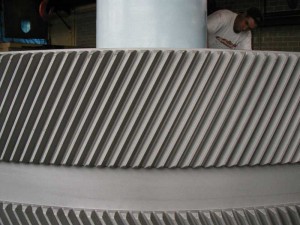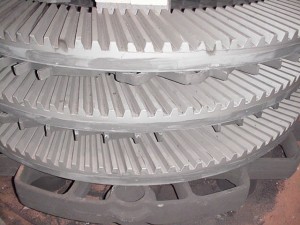Factory boss warns Congress: Don’t cut gov’t too deep
“I’m worried that the current over-emphasis on the deficit reduction, about which we were all concerned, could result in a fall back to recession,” if Congress cuts too much, says James Conybear, director of operations at Metlab, a Wyndmoor company that provides metal-treatment services to other manufacturers. “Heavy, one-sided reductions (will) stall or reverse the recovery.”
I met Conybear last week as a group of Philadelphia-area factory owners met with US Reps. Steny Hoyer, D-Md., Chaka Fattah, D-Phila., and Allyson Schwartz, D-Phila. and Montgomery. I wrote about the tough questions some of Conybear’s peers had for the Democrats and for government generally.
But Conybear reminds me that US manufacturing faces tough competition from government-backed factories abroad – so this is no time for Congress to put a minimal-government ideology in front of real-world production and jobs.
How, I asked, does government best help manufacturers? Unlike many defense-dependent manufacturers, Metlab relies on Navy work for only about 5% of its sales. So exports are crucial.
US-backed free-trade agreements “make it easier for small manufacturers to ship stuff across borders.” Thanks to the 1995 North American Free Trade Agreement, “it’s like Canada and Mexico are part of this country now. In my mind, they should be. They are strong partners.”
By contrast, China, potentially the world’s largest market, “has policies (to) capture segments of industry. It’s not a labor-cost issue.” Energy equipment, cars, Western-style bicycles – China pays to produce and export them all, and much more. How can US companies compete without a tough State Department to push back at unfair competition?
Conybear also praised the work of the 23-year-old Delaware Valley Industrial Resource Center, a nonprofit manufacturing consulting group established by the late Gov. Bob Casey that relies on federal and state contracts, plus membership dues.
“They are one of the best things we have in Pennsylvania manufacturing,” Conybear told me. “One, they provide leverage to us as small-business people” looking for guidance in boosting exports, improving processes and cutting costs. “And they give us a vehicle for communicating upward,” reaching out to people in Congress, the presidential administration and state government. But in the current environment, “they are in danger of getting any support reduced or eliminated.” Conybear hopes cool heads will prevail in Harrisburg and Washington.







